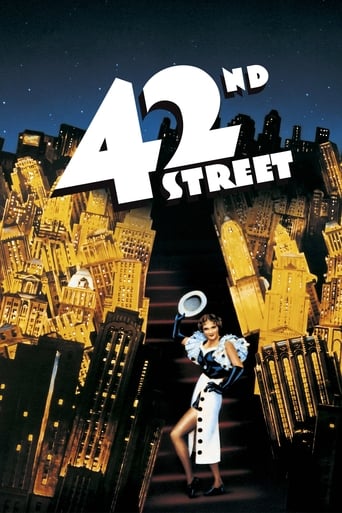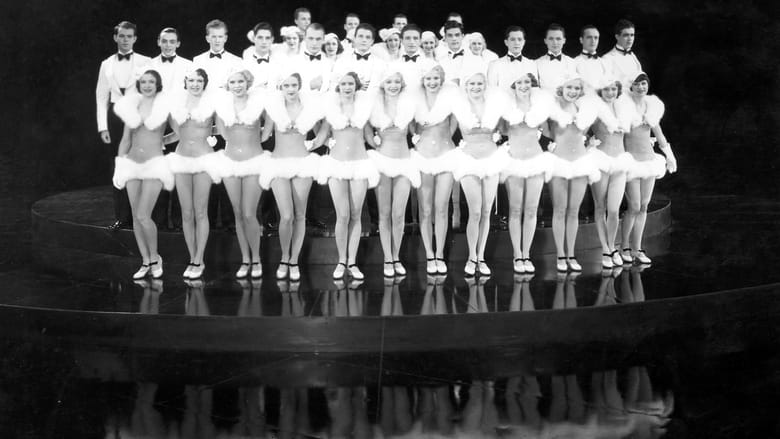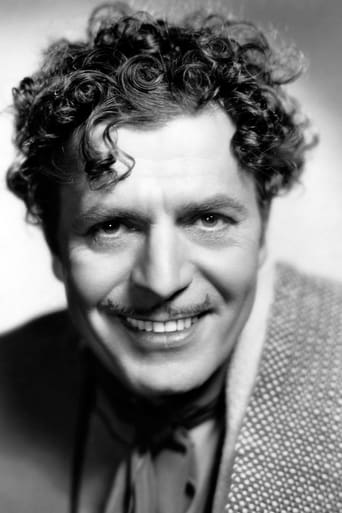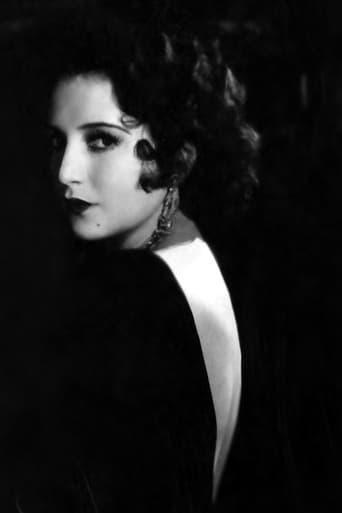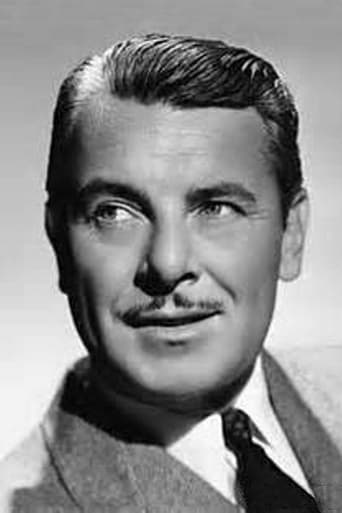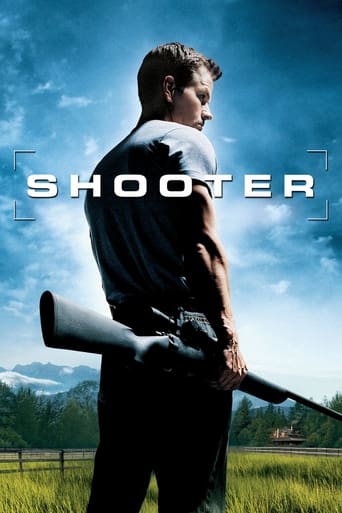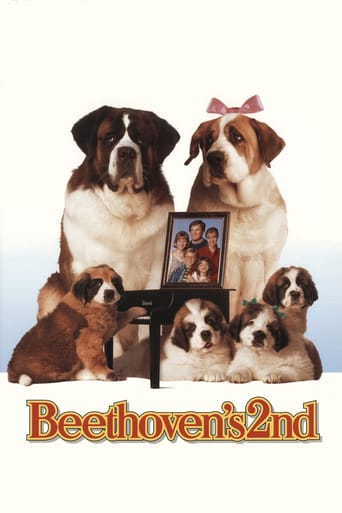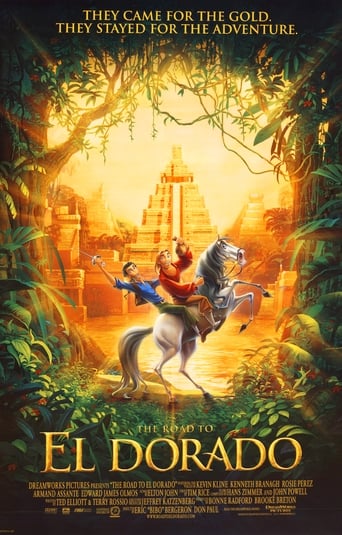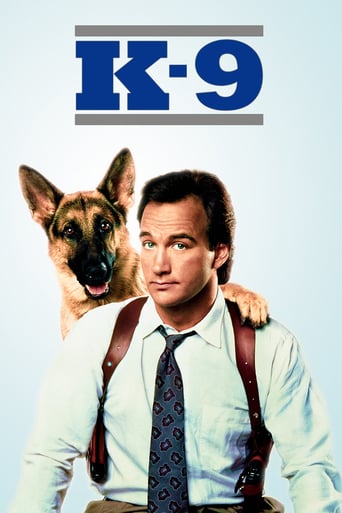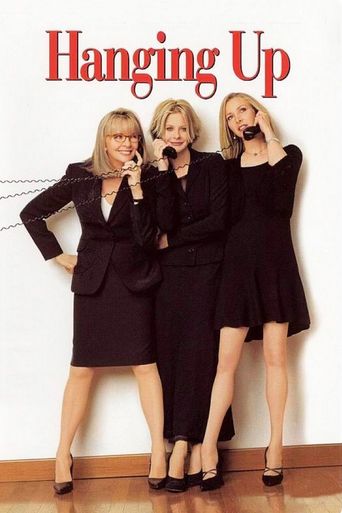42nd Street (1933)
A producer puts on what may be his last Broadway show, and at the last moment a chorus girl has to replace the star.
Watch Trailer
Cast


Similar titles
Reviews
How sad is this?
if their story seems completely bonkers, almost like a feverish work of fiction, you ain't heard nothing yet.
The movie turns out to be a little better than the average. Starting from a romantic formula often seen in the cinema, it ends in the most predictable (and somewhat bland) way.
The story, direction, characters, and writing/dialogue is akin to taking a tranquilizer shot to the neck, but everything else was so well done.
42nd Street is one of those films that I had often heard about, yet failed to see until far too late in my cinematic journey. I am certainly glad that I finally indulged in 42nd Street because it's simply brilliant. Lloyd Bacon, not Busby Berkeley as I had incorrectly thought, directed 42nd Street in 1933. Lloyd Bacon was a true workhorse for Warner Brothers, directing over 100 films between 1920 and 1955. Bacon worked with such greats as Bette Davis, Charles Chaplin, Humphrey Bogart, and James Cagney, just to name a few. Bacon's body of work is massive, and though he is only responsible for a few classics, 42nd Street among them, he consistently created works that have spanned the decades and are standouts of those who starred in them. This isn't simply a Lloyd Bacon appreciation post, though he has more than earned one, but I felt it necessary to highlight the career of this largely forgotten director. I'm sure I'm not the only one to incorrectly attribute 42nd Street to Berkeley instead of Bacon, and Bacon deserves his due. Upon investigation, I had seen many more films by Lloyd Bacon than I ever realized, further cementing his status, in my mind anyway, that he is a stable director of classic Hollywood. 42nd Street, starring Warner Baxter and Bebe Daniels follows the plight of a Broadway film director pouring his heart into what could be his final production when the star must be replaced by a chorus girl at the last minute. It is no wonder why 42nd Street remains so revered today as it was at the time of its release, the plot is infused with wonderful chemistry between characters, and obviously sprinkled with brilliant dance numbers captured by genius overhead shots. 42nd Street is as much a feast for the eyes as it is for the soul.Julian Marsh (Warner Baxter), the most brilliant director of his time has been tasked with the production of a new show, despite his health. Unbeknownst to those around him, Julian has suffered a nervous breakdown and has been warned by his doctors to not take any shows on until he is better equipped to handle the immense stress that accompanies these productions. Despite this warning, Julian decides to proceed with the production, determined to deliver a promising display, even if it's his last. The show has been funded by a wealthy senior who is in love with its star, Dorothy Brock (Bebe Daniels). Dorothy has not responded to his advancements because she is still in love with her former dance partner, Pat Denning (George Brent). Dorothy is used to being in the spotlight and has developed quite an attitude of superiority, making her fall from grace all the harder when she breaks her ankle the night before the show is to premiere. Peggy Sawyer (Ruby Keeler) a chorus girl who has caught the eye of Billy Lawler another member of the production, is deemed the perfect replacement. With only a night to prepare, Peggy commits herself completely to rehearsals hoping to catapult the show, and her career, to greatness.The camera work of musicals from the 1930's is captivating no matter how many films of that era I've seen. The low angle shots and the overlays are sensational at immersing the audience in the performances. Bacon seems to place heavy reliance upon steady cam and tracking shots, an interesting choice that paid off ten-fold in creating a visual masterpiece. The camera acts as a guide for the audience, taking us on a journey through both the backstage antics and on-stage perfection seen in 42nd Street. All the dancing was incredible but that final dance number was a gift to us all. 42nd Street is a classic, and one that I am immensely thankful to have finally seen.
42nd Street (1933): Dir: Lloyd Bacon / Cast: Warner Baxter, Bebe Daniels, George Brent, Ruby Keeler, Ginger Rogers: Musicals were popular in this time and here we have the happening as well as the time and place. It is the production of Pretty Lady with Warner Baxter hired to direct with Bebe Daniels as the star player. It showcases the stress and anxiety of putting a play together but it also boils down to a predictable outcome that features the play in its entirety. The musical numbers are mostly corny and over the top but the setup and structure are detailed and payoff. Directed by Lloyd Bacon with Busby Berkeley handling the musical numbers. Some of these are visually effective while others are flat and look about as fetching as something out of a box of cereal. The cast is appealing. Baxter plays off the frustration of a director struggling to meet a dead line. Daniels plays Dorothy the star player who is involved in a relationship. George Brent plays an old partner and lover of Dorothy who pulls away. Ruby Keeler plays a new actress and dancer for the play who comes off as a tad naïve. Perhaps the biggest name to emerge from this film is the dancing star Ginger Rogers who will become a force within musicals. It is on par with The Broadway Melody but musicals have certainly improved. This is entertaining with its detailed view of staging such an event. Score: 7 / 10
"Sawyer, you listen to me, and you listen hard!" Julian Marsh (Warner Baxter) exclaims with exasperation to his leading lady, Peggy Sawyer (Ruby Keeler). "Two hundred people, two hundred jobs, two hundred thousand dollars, five weeks of grind and blood and sweat depend upon you!"Julian Marsh is the kind of stage director that forces his dancers to stay up hours upon hours to perfect a particular dance routine; so imagine his anxiety when Peggy, who has only wafted through the chorus line in her short theater career, is, out of anguish, cast as the female lead after the real star (Bebe Daniels) twists her ankle.In the wholesome sheen of 42nd Street, of course Peggy will do a stupendous job, of course become a star, and of course end up in the arms of the man of her dreams. But as the quintessential, and perhaps one of the first, "behind-the-scenes" musicals, 42nd Street is a breezy and often times impressive film, a popcorn flick that benefits from its extraordinarily bubbly cast and Busby Berkeley's famed choreography. Until the last ten minutes of the film, there is nothing in store that we haven't seen before. But I'll be damned if those last ten minutes aren't some of the best last ten minutes the musical genre has ever seen.The first half goes by wearing Depression-era movie glitter as a jacket, warmed with romantic misunderstandings, catty one-liners, and conflicts that most likely seemed ridiculous to the many Hooverville housed audience members. All the fluff eventually seems like a pastime when putting the closing number into perspective; considering every single song, dance, and bit of spectacle is saved until later, the stuff that takes place in reality rather than the realm of the stage is only slightly unexciting. The far better Gold Diggers of 1933 had a big closer, true, but it also gave us sneak peeks of the extravaganza early on, and the cast, which featured comedic champs Joan Blondell and Aline MacMahon, added an extra zip that made everything just a little more self-aware.The second half is when the goods kick in, and boy, do they kick. Several of the actors are finally given the chance to show off their hidden musical talents, and Berkeley's seminal routines are put on display with startling gusto. A master of creating kaleidoscopic shapes with his dancers, the aerial shots are staggering, with close-ups transforming his subjects into pieces of an accomplished puzzle. Months from now, you and I will not remember the romance between Dick Powell and Ruby Keeler, the underuse of Ginger Rogers, or the music; the routines are what make 42nd Street the classic it is today. In films like this, you can save the dialogue for later. Because we want dessert immediately; dinner can wait. Read more reviews at petersonreviews.com
Yes, this was the musical hit that precipitated a string of musicals over the next few years, all of which features a series of dancing or marching-oriented productions choreographed by Busby Berkeley, along with some purely singing numbers, all which features songs by the Harry Warren-Al Dubin team, sometimes with other tunesmiths included, all of which featured Dick Powell as a major character and singer, usually paired romantically with Ruby Keeler, who often sang and/or danced here and there. Often included other female stars or supporting actresses, such as Ginger Rogers, Joan Blondell, Una Merkel or Bebe Daniels, and often included a name non-musical dramatic male star(Warner Baxter, in the present case), listed in the credits above Powell. Commonly included character actors, such as jovial Guy Kibbee, cigar-chomping Ned Sparks, and/or Hugh Herbert.This was Ruby Keeler's first film, and she is featured as a singer and/or dancer in several scenes, her singing and dancing gradually dwindling in subsequent films, until she is totally absent in "Gold Diggers of 1935"....Bebe Daniels, already an established star in late silent and early talkies, is cast as an established singing and acting star(Dorothy) for the show being rehearsed through most of the film. However, the day before the show's opening, she breaks an ankle in an altercation with Ruby, plus has a quarrel with the show's financial backer(played by Guy Kibbee), who is having an affair with her. Ginger Rogers convinces a reluctant producer(Warner Baxter, as Marsh) that the seemingly unpromising Ruby is a better choice than her to train to take Dorothy's place. Ruby works out fine in the show, singing and dancing in 2 of the 3 big productions. Ginger Rogers and Una Merkel are cast as among the wanna-be chorus girls for Marsh's show, along with novice Ruby, whom they take under their wing, for some reason. Ginger mostly comes across as a cynical smartass, pretending to be a monocled sophisticate. However, late in the film, she gets to sing a bit in "Shuffle Off to Buffalo", and recommends Ruby, rather than herself, as a potential star in these productions. Her main claim to fame in this film series would occur in the following film : "Gold Diggers of 1933), when her face fills the opening screen, singing "We're in the Money". Of course, she would then be paired with Fred Astaire, in a series of RKO musicals.Teenager Toby Wing is the 'knockout' blond whom Dick Powell sings to and romances in the "Young and Healthy" production. Unfortunately, Hollywood would mostly limit her film roles to similar brief 'cheesecake' appearances, while she was pursued by many men, finally choosing a middle-aged aviation pilot, beginning a happy 44 year marriage.Although Ruby and Powell were paired with others as their romantic partner in the first two productions, offstage, they were warming up as a pair, and would be featured as a pair in the parting scene for the last production, suggesting a future together in the next film.The format established for the big productions in this film would be mostly followed in all of the subsequent films in this series through 1935. In all cases, 2 or 3 big productions dominated the last portion of the film. Only in "Gold Diggers of '33" was one of these productions shown in the middle of the film, instead of with the others near the end. Also, an extra, shorter, dance-oriented production was included earlier in the film in "G.D. of '33") and "Footlight Parade". Typically, as seen in this film, the first of the 3 big productions minimally incorporates signature Berkeley choreography elements, featuring an upbeat romantic theme. The second production usually incorporates most of the signature Berkeley creative patterns of dancers, often including counter rotations, overhead shots and kaleidoscopic changing patterns, creative film manipulations, and special effects. This is well illustrated in the second part of the "I'm Young and Healthy" number. The last production typically begins with some seamy scene: in this case, the meeting of NYC high life and low life at 42nd street, followed by the dominance of mass formations of dancing or marching, either by military units or,as in the present case, a large troop of dancers. Check out "Dames", and "Gold Diggers of 1935", as well as the afore mentioned "G.D. of '33", and "Footlight Parade", to see how well the productions in these films fit the pattern I just outlined!Warner Baxter was a popular leading man during the late silent era and early talkie period, rather reminding me of the later Vincent Price. Here, his character is always worried about putting on a super-popular stage show, as his last show before retiring, having been a dominant Broadway producer, bankrupted by the stock market crash. This gets wearing after a while. Of the subsequent films in this series, only "Footlight Parade", with James Cagney" in his place, puts similar major emphasis on backstage dance rehearsal scenes, again, which soon gets wearing.The Warren-Dubin songs for the productions, along with the stand alone ""You're Getting to Be a Habit With Me" , sung by Bebe, are all good. However, it lacks probably the 2 most enduring 'keepers' in this film series: "I Only Have Eyes for You", and "Lullaby of Broadway". Harry and Al briefly appear in one scene.

